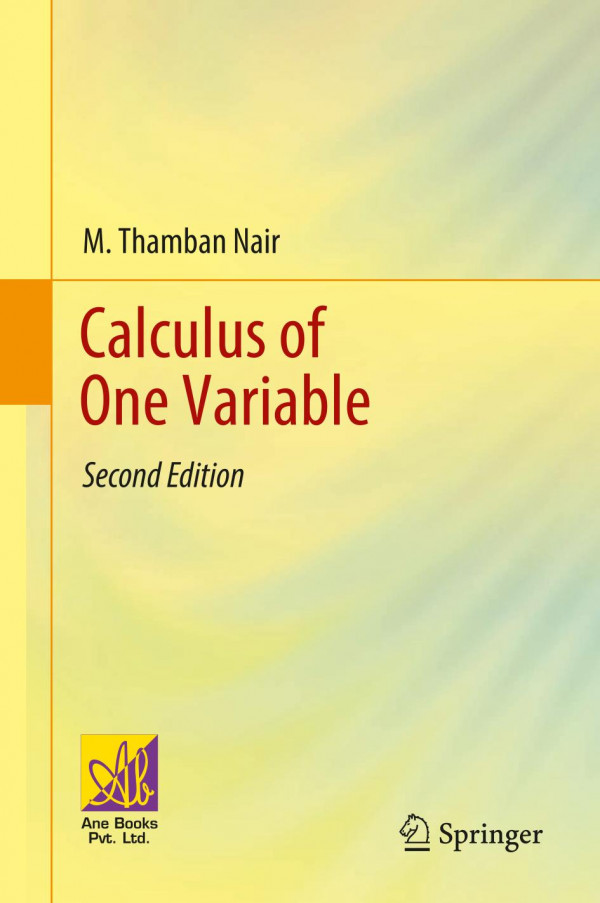

Most ebook files are in PDF format, so you can easily read them using various software such as Foxit Reader or directly on the Google Chrome browser.
Some ebook files are released by publishers in other formats such as .awz, .mobi, .epub, .fb2, etc. You may need to install specific software to read these formats on mobile/PC, such as Calibre.
Please read the tutorial at this link: https://ebookbell.com/faq
We offer FREE conversion to the popular formats you request; however, this may take some time. Therefore, right after payment, please email us, and we will try to provide the service as quickly as possible.
For some exceptional file formats or broken links (if any), please refrain from opening any disputes. Instead, email us first, and we will try to assist within a maximum of 6 hours.
EbookBell Team

4.1
30 reviewsThis book is designed to serve as a textbook for courses offered to undergraduate and graduate students enrolled in Mathematics. The first edition of this book was published in 2015. As there is a demand for the next edition, it is quite natural to take note of the several suggestions received from the users of the earlier edition over the past six years. This is the prime motivation for bringing out a revised second edition with a thorough revision of all the chapters. The book provides a clear understanding of the basic concepts of differential and integral calculus starting with the concepts of sequences and series of numbers, and also introduces slightly advanced topics such as sequences and series of functions, power series, and Fourier series which would be of use for other courses in mathematics for science and engineering programs. The salient features of the book are - precise definitions of basic concepts; several examples for understanding the concepts and for illustrating the results; includes proofs of theorems; exercises within the text; a large number of problems at the end of each chapter as home-assignments. The student-friendly approach of the exposition of the book would be of great use not only for students but also for the instructors. The detailed coverage and pedagogical tools make this an ideal textbook for students and researchers enrolled in a mathematics course.